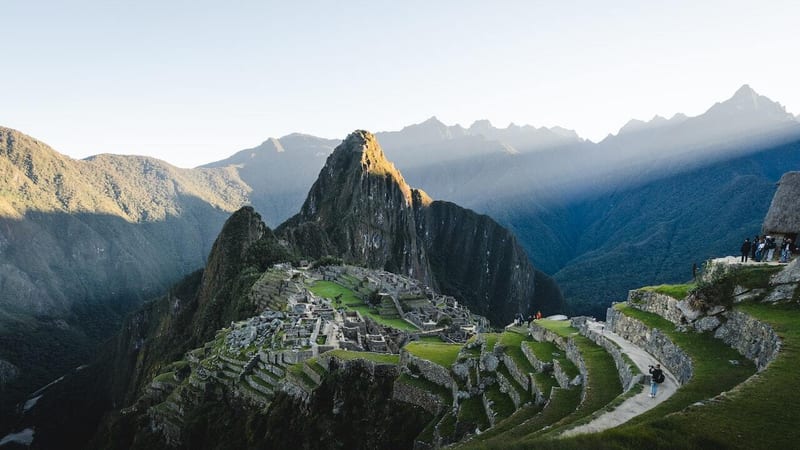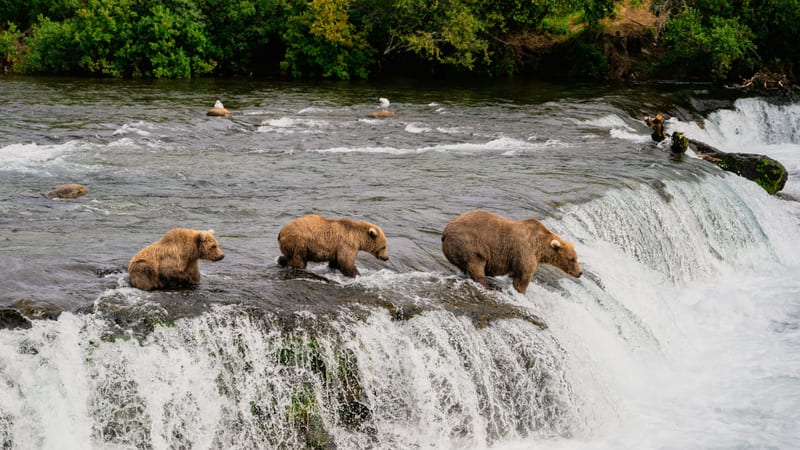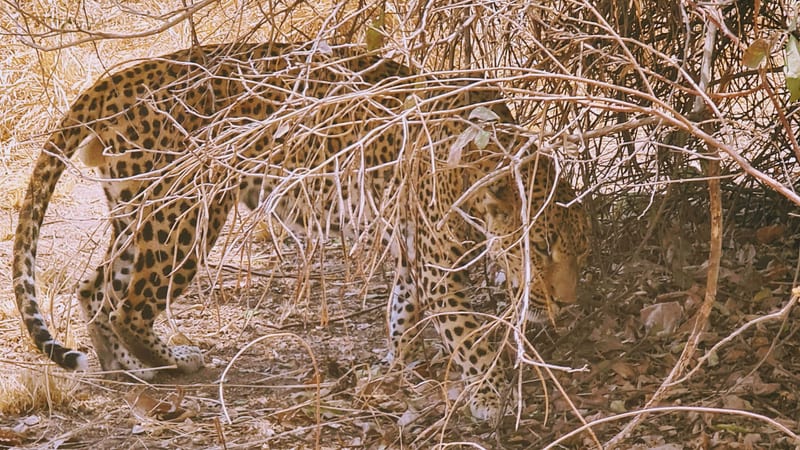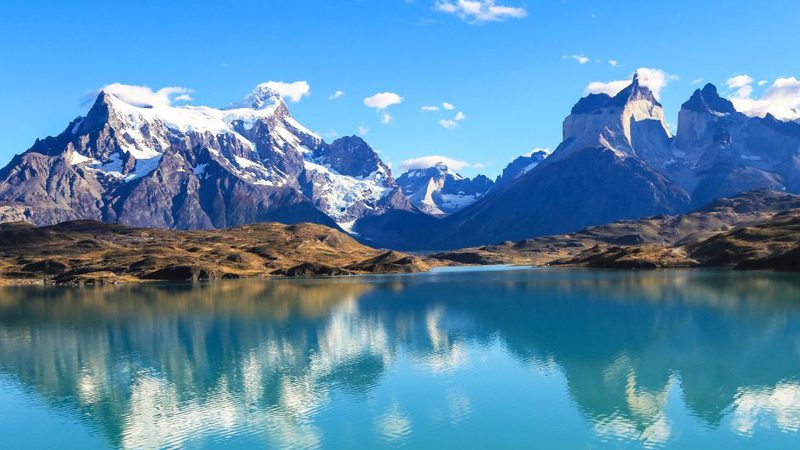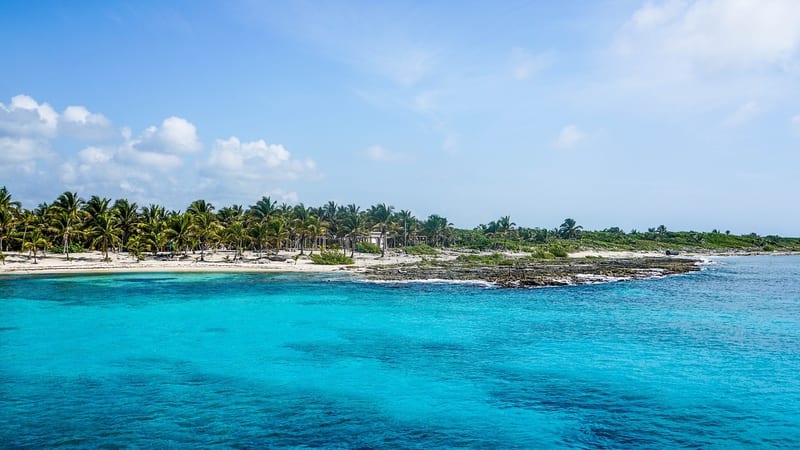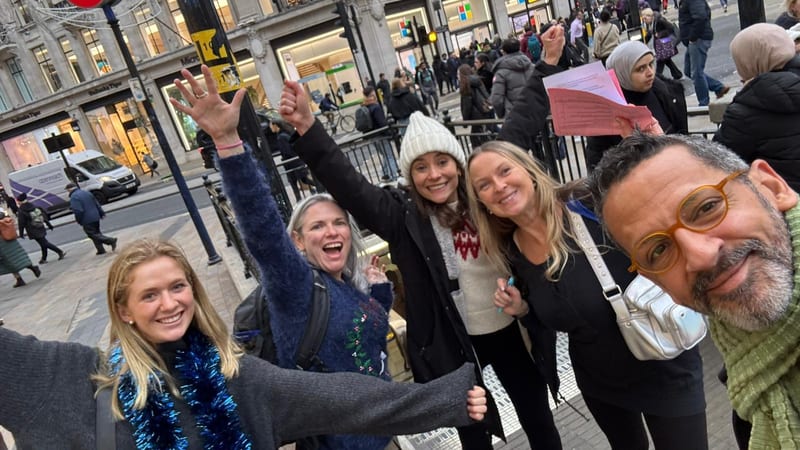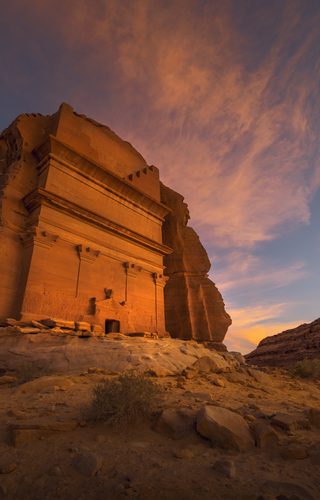A true highlight of any visit to the Kingdom
Without a doubt one of the most striking parts of the country, Al Ula is home to the ancient monolith of Hegra – the twin to fabled Petra in Jordan
The north-western region of Al Ula is arguably the best example of Saudi Arabia’s rich and varied history thanks to its position as one of the stopping points on the ancient pilgrimage to Mecca. Owing to its location it has taken historical and architectural influences from all over the Islamic world and remains an important site for Muslims to this day. It is also one of the most attractive locations for travellers to visit, with incredible landscapes, fascinating historical sites and a warm and friendly atmosphere wherever you travel.
The landscapes here are framed by towering sandstone mountains with the protection that they offer from the elements, as well as the pleasant climate being one of the things that attracted pilgrims to stop in the region. Indeed, human habitation in the region can be traced back some 200,000 years, testament to the fortitude of ancient civilisations who made their homes in these remote regions.
The eponymous town of Al Ula is set in a narrow valley and dates back to the 10th century, offering visitors a chance to take a glimpse back in time and to learn more about the role the region has played in the development of the Kingdom. The Old Town is visually very striking and it is interesting to see and learn about the ancient agricultural and water management methods that are still in evidence to this day.
Away from the town you can visit sites of huge historical significance such as the rock tombs at Hegra and the region’s ancient capital city of Dadan. Hegra is one of the most iconic structures in Saudi Arabia, with the striking rock-hewn monolith known as the twin to ancient Petra over the border in Jordan whilst the latter is renowned for it’s “Lion Tombs” which are burial niches carved in to the sandstone rock and decorated with carvings of lions standing guard, a nod perhaps to how far north these magnificent beasts used to roam. The “open library” of Jabal Ikmah is also well worth a visit, with inscriptions carved in to the exposed rock.
A little further afield the ancient Nabataean Oasis is one of the many examples of verdant oases that are found in the deserts of Saudi. Originally covered in date palms and then peach, apricot and pomegranate trees it was latterly a cotton and wheat plantation and helped significantly to add to the wealth of the region.










